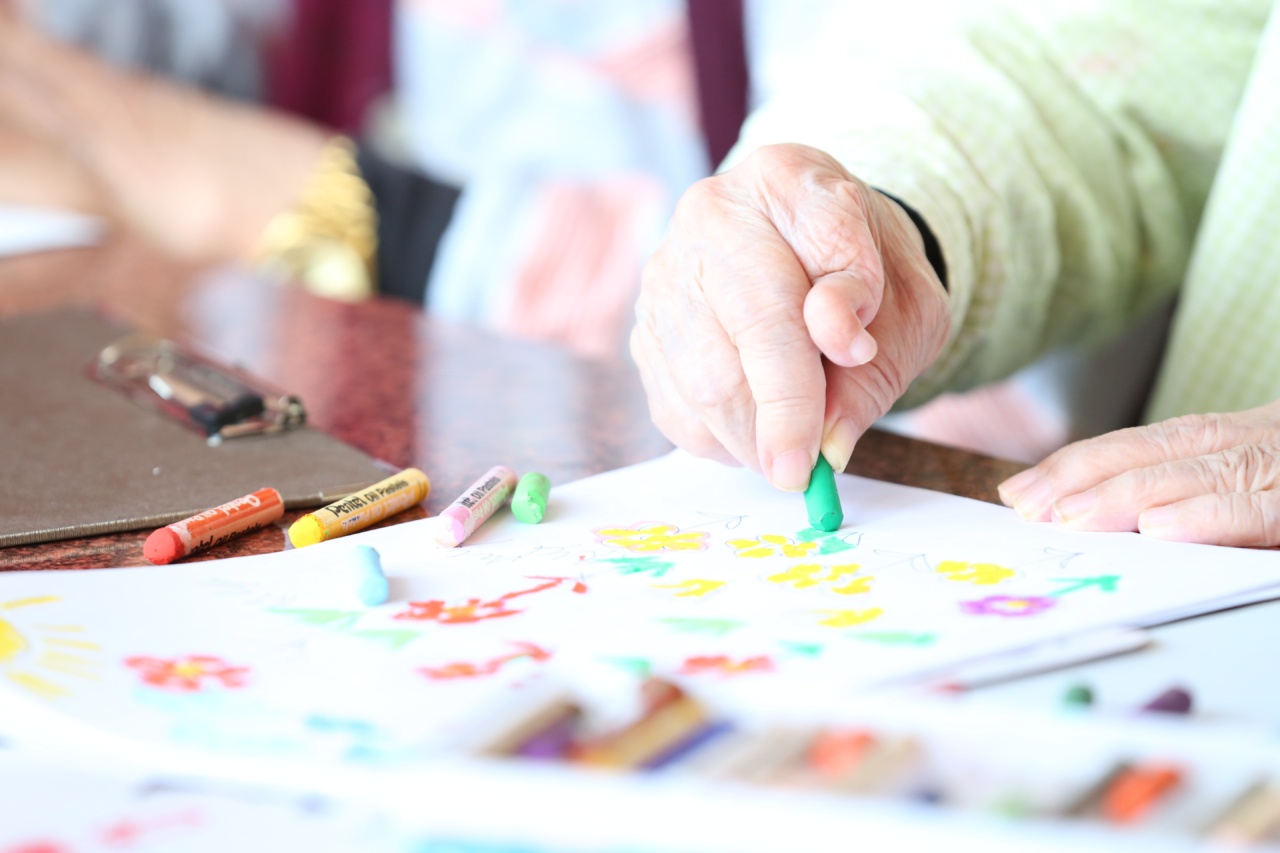Discopathy and arthritis are two of the leading causes of chronic pain. These conditions can be debilitating, affecting a person’s daily life and ability to function.
Understanding what these conditions are and how they affect the body is essential in treating and managing the pain that they cause.
What is Discopathy?
Discopathy, also known as degenerative disc disease, is a condition that affects the discs within the spine. These discs act as cushions between the vertebrae, providing support and allowing for the spine’s flexibility.
Over time, these discs can wear down, losing their ability to function. This condition can cause chronic back pain, making even simple tasks difficult.
What are the Symptoms of Discopathy?
The symptoms of discopathy can vary depending on the severity of the condition. Some common symptoms include:.
- Back pain that lasts longer than six weeks
- Pain that worsens when sitting, bending, or lifting
- Tingling or numbness in the legs or arms
- Muscle weakness or spasms
- Trouble standing up straight
What Causes Discopathy?
Discopathy can occur as a natural part of the aging process. As we get older, our discs lose their water content, making them more susceptible to damage. Other factors that can cause discopathy include:.
- Repetitive activities that strain the back, such as heavy lifting or sports
- Injury or trauma to the back
- Smoking, which can contribute to the deterioration of the discs
- Obesity, which puts added stress on the back
- Genetic factors that make a person more susceptible to discopathy
How is Discopathy Diagnosed and Treated?
To diagnose discopathy, a medical professional will usually perform a physical exam and ask about the patient’s symptoms.
Imaging tests, such as X-rays or an MRI, may also be ordered to get a better look at the discs and determine the severity of the damage.
Treatment for discopathy usually includes a combination of physical therapy, pain management techniques, and lifestyle changes.
Physical therapy can help strengthen the back muscles to provide more support, while pain management techniques, such as medication or injections, can help reduce the discomfort associated with the condition. Lifestyle changes, such as quitting smoking and losing weight, can also help slow down the progression of the disease.
What is Arthritis?
Arthritis is a condition that affects the joints in the body, causing pain, stiffness, and inflammation. There are several different types of arthritis, including osteoarthritis and rheumatoid arthritis.
What are the Symptoms of Arthritis?
The symptoms of arthritis can vary, depending on the type of arthritis and which joints are affected. Some common symptoms include:.
- Pain and stiffness in the joints
- Swelling and inflammation in the joints
- Reduced range of motion in the affected joints
- Fatigue and weakness
- Fever
What Causes Arthritis?
The causes of arthritis vary, depending on the type of arthritis. Osteoarthritis, the most common form of arthritis, is caused by the wear and tear of the joints over time.
Rheumatoid arthritis is an autoimmune disorder in which the body’s immune system attacks the joints, causing inflammation and damage. Other factors that can contribute to the development of arthritis include:.
- Age
- Family history of arthritis
- Obesity
- Gender (women are more likely to develop certain types of arthritis)
- Joint injury or trauma
How is Arthritis Diagnosed and Treated?
To diagnose arthritis, a medical professional will usually perform a physical exam and ask about the patient’s symptoms.
Imaging tests, such as X-rays or an MRI, may also be ordered to get a better look at the affected joints and determine the severity of the damage.
Treatment for arthritis usually includes a combination of medication, physical therapy, and lifestyle changes.
Medications such as pain relievers and anti-inflammatory drugs can help reduce the inflammation and discomfort associated with arthritis, while physical therapy can help improve joint function and range of motion. Lifestyle changes, such as losing weight, getting regular exercise, and avoiding activities that put added stress on the joint, can also help manage the symptoms of arthritis.
The Importance of Treatment and Management
While there is no cure for discopathy or arthritis, proper treatment and management can help reduce the pain and discomfort associated with these conditions.
This includes working closely with a medical professional to develop a personalized treatment plan, making lifestyle changes to reduce stress on the affected areas, and using pain management techniques to help manage symptoms.
Conclusion
Discopathy and arthritis are two of the leading causes of chronic pain, affecting millions of people every year.
By understanding what these conditions are, what causes them, and how they are diagnosed and treated, individuals can take steps to manage their pain and improve their quality of life.



























